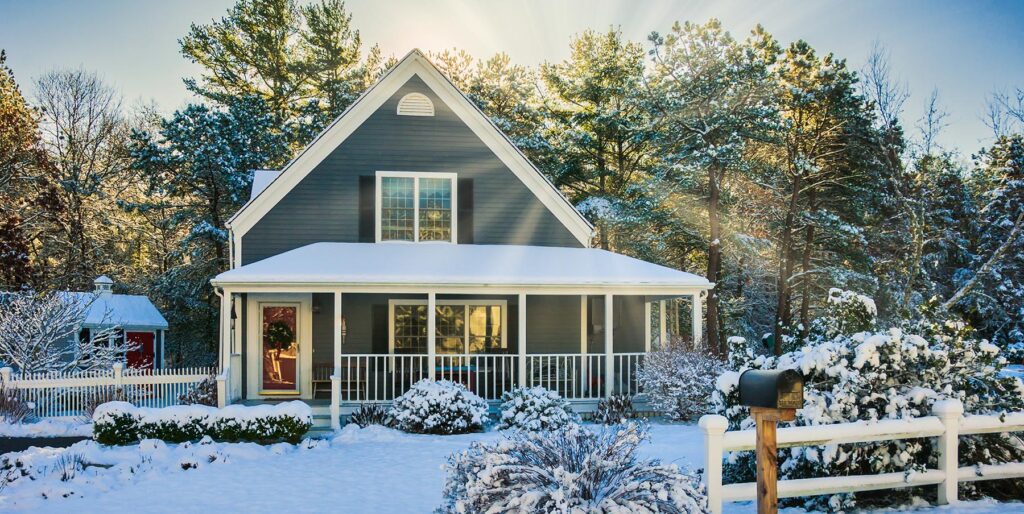Reverse mortgages are products available to people age 62 or older that enable homeowners to convert a portion of the equity built up in their home into cash. Often, retirees turn to reverse mortgages to pay medical bills or to supplement their retirement income.
Unlike a conventional mortgage, where the borrower makes monthly payments to the lender, a reverse mortgage takes some of the equity in the home and turns it into payments to the borrower.
Contrary to popular belief, the homeowner gets to retain the home’s title. The payments received are not usually taxable and shouldn’t affect Social Security or Medicare benefits.
There are three types of reverse mortgages:
- Single-purpose reverse mortgages. Backed by some state or local governments or certain non-profit agencies, single-purposes reverse mortgages are intended (and must be approved) for a specific purpose, such as paying for home repairs or property taxes. As such, they are usually taken in smaller amounts, which makes them the least expensive type of reverse mortgage.
- Proprietary reverse mortgages. Also called jumbo reverse mortgages, proprietary reverse mortgages are backed by private lenders or banks. These products are meant for homeowners with highly-valued homes and are not insured by the FHA. Interest rates on these are higher, although fees may be lower.
- Federally-insured reverse mortgages. Also known as home equity conversion mortgages (HECMs), federally-insured reverse mortgages are the most popular variant. They are backed by the Department of Housing and Urban Development or the Federal Housing Authority (FHA). The borrowing limit is based on the borrower’s age and the home’s value. These mortgages may be either fixed-rate or adjustable-rate.
What are common risks and limits of reverse mortgages?
There are quite a few rules, downsides, and risks to reverse mortgages. Here are some important things to know or consider before you apply for one:
- You must remain in your home.
- You must have enough equity in your home to pay off any current mortgages.
- All homeowners listed on the loan paperwork must be at least 62 years old.
- Your home must be approved by the FHA. As a result, typically only single-family homes qualify for reverse mortgages.
- The fees associated with reverse mortgages tend to be much higher than those of conventional mortgages—sometimes tens of thousands of dollars. These fees are typically rolled into the loan.
- If you live with someone and they aren’t on the loan paperwork, they could be evicted if you die. Eviction is also possible under other circumstances, too, such as if you move out of the home for more than one year.
- If you plan on selling the house or moving out, you have six months to repay the loan. This includes moving into an assisted-living facility or nursing home if you aren’t in good health.
Though reverse mortgages can be difficult to understand and risky, they can be beneficial under the right circumstances if used correctly and can help retirees stay in their homes longer.
Can your spouse stay in the home if you die?
In most cases, your spouse must be a co-borrower on the reverse mortgage to be able to remain in the house. If there’s no co-borrower, your spouse is a “non-borrowing spouse” and may have to move out of the home.
For home equity conversion mortgages, when the reverse mortgage was assigned determines if a non-borrowing spouse can stay.
If the reverse mortgage was assigned on or after August 4, 2014, your non-borrowing spouse may remain in the home after your death, provided that:
- they have the legal property title;
- they were married to you from the time the mortgage was assigned until the time of your death;
- they were specifically named as the non-borrowing spouse on the mortgage documents at the time of assignment;
- the home is their current principal residence–and has been since the time the mortgage was assigned; and
- they continue to fulfill the obligations of the mortgage, such as keeping up with home maintenance and paying property taxes and homeowners insurance on a timely basis.
If your mortgage was assigned before August 4, 2014, the lender may foreclose on the home. However, they may allow your non-borrowing spouse to remain in the home by assigning the mortgage to them, provided your spouse meets certain requirements.
Can I add my spouse as a co-borrower on an existing reverse mortgage?
Possibly. You may want to consider refinancing to a new reverse mortgage, to which you may add your spouse as a co-borrower. However, if you take the refinance route, you may have to pay potentially costly fees.
What happens if my home is passed as inheritance?
If you wish to pass on your home to your children or other non-spouse beneficiaries, they will have about 30 days following your death to decide what they want to do with the property. Some lenders may allow them more time.
If they want to keep it, they must pay off the lesser of the balance of the reverse mortgage or 95% of the home’s appraised value. Can they afford to do so? Many people wind up having to take out a new mortgage to pay off a reverse mortgage if they want to keep the home! If they decide to sell the home, the proceeds of the sale will be applied to the outstanding reverse mortgage balance.
One final note: many reverse mortgage lenders are known for using aggressive sales tactics on older homeowners.


